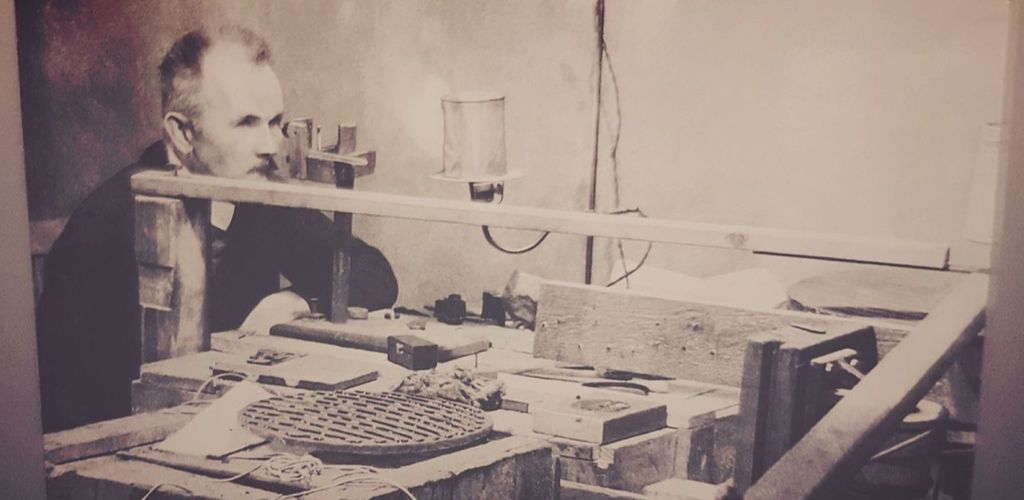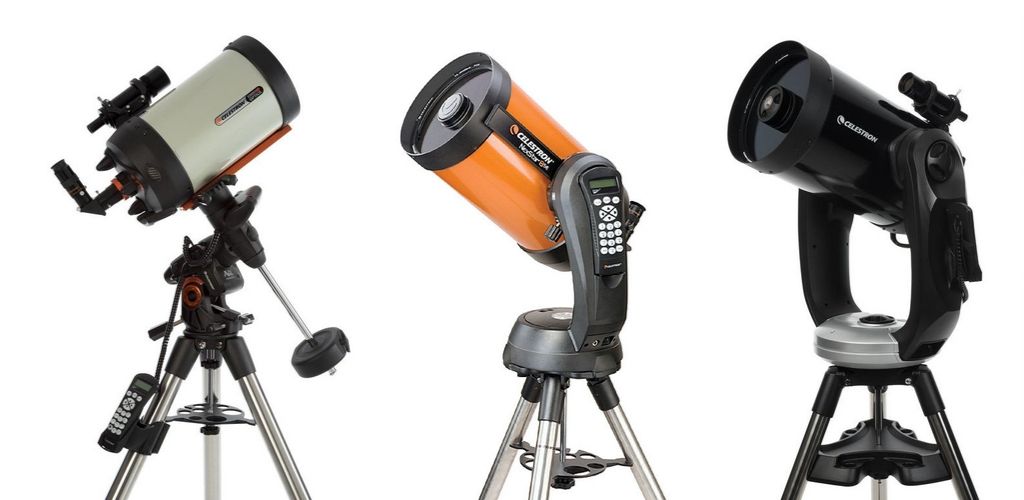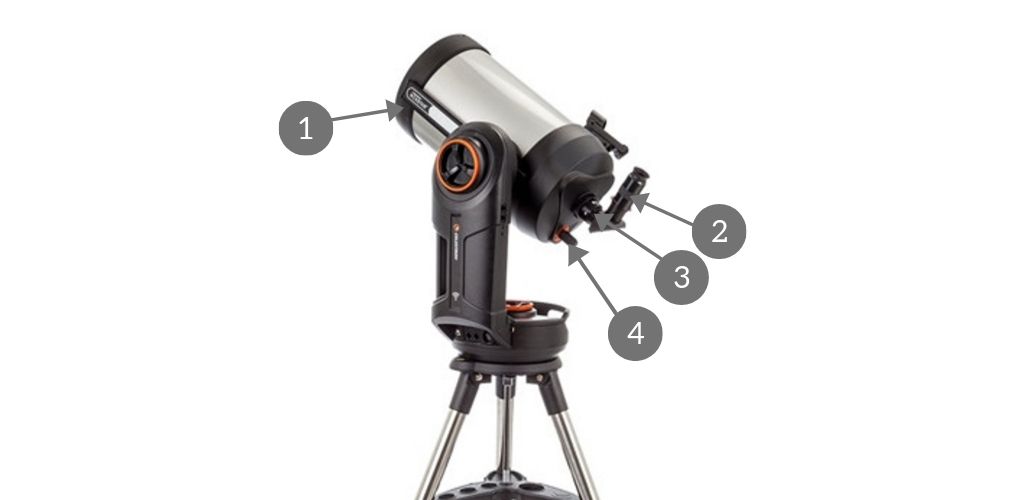
For a long time, beginners as well as experienced astronomers have chosen Schmidt-Cassegrain telescopes. This is mainly because they tend to have a larger aperture and they are often provided with a sophisticated “GoTo” system that allows the observer to easily find and track thousands of objects in the sky night.
They are very versatile and can be used both with and without a camera. They offer a medium long focal length in a compact tube. Their secondary mirror is, however, quite large, which further blocks the light in the opening of the telescope. This may reduce the contrast in the final image although it is often considered negligible compared to the benefits of their design. In a word, the Schmidt-Cassegrain telescopes are complete telescopes for astronomers of all levels.
The history and evolution of the Schmidt-Cassegrain telescope
The Schmidt-Cassegrain telescope, as its name suggests, is a hybrid telescope. It is the fusion of two telescope designs : the design of a German optician (Schmidt) and the design of a French optician (Cassegrain). To fully understand how this telescope works, we have to look at its original designs from which it has evolved.

The Schmidt telescope, sometimes called the Schmidt Camera, was designed in 1930 by Bernhard Schmidt to produce a wide and flat field of view. Photo film was placed on the focal plane of a spherical mirror. Because the primary mirror is spherical, it distorts the image. To correct this geometric aberration, we must add a “corrector plate”, a glass window whose shape has been specially designed to be inserted into the opening at the front of the telescope and which corrects the path of the light rays in order to favor their convergence towards the mirror focus.
The Cassegrain telescope, unlike the Newtonian telescope, does not reflect the image to a focal point through the tube. On the contrary, it sends it back to the primary mirror at the bottom of the tube, the light passing through a small hole drilled in the center of this mirror. Finally, the image is focused behind the telescope tube.
The Schmidt-Cassegrain telescope was invented in 1940 by James Gilbert Baker. It combines the spherical optics and the corrective blade of the Schmidt Camera with the central hole of the primary mirror and the flat field of view effects of the Cassegrain secondary mirror, to produce a system that can be used both with or without a camera.

A popular telescope
The Schmidt-Cassegrain telescope has become very popular among amateur astronomers because it offers a medium-long focal length, which is suitable for observing and photographing the Moon, planets and many objects of the deep sky, all in a compact telescope.
The Celestron telescope maker made it popular in the 1960s and 1970s by placing it on an easy-to-use fork mount. The American optical equipment company Meade also quickly realized the potential of the design of this telescope and thus began the manufacture of a telescope competing with the telescope of Celestron but with similar characteristics. This proved beneficial to buyers as competition kept prices down and encouraged both companies to come up with innovative ideas to improve the user experience.
Thus, several improvements have been made to the optical and mechanical systems, both in the telescope and in the mount, not to mention the computerized system “GoTo”. Both companies have manufactured telescopes of different sizes, starting with an 8 inches which was very popular, for reaching a very large 16-inch telescope among Meade products.
Due to the many aperture sizes available, the good quality optics, the many accessories and the fact that it adapts easily to viewing with and without cameras, the Schmidt-Cassegrain telescope has become synonymous with versatility and accessibility in circles of amateur astronomers. Some of the best pictures and photos of amateur astronomers have been taken with this telescope.
Anatomy of a Schmidt-Cassegrain telescope

1) Secondary mirror
This mirror reflects the light that reaches it from the primary mirror to the eyepiece holder at the bottom of the tube. Thanks to this system, the telescope has a small and compact tube.
2) Visual return
The hole at the back of the telescope is designed to accommodate all kinds of accessories, especially the eyepiece. You can also add a camera using an adapter designed for this purpose.
3) Spherical primary mirror
Unlike a Newtonian telescope, the primary mirror of a Schmidt-Cassegrain telescope has a spherical shape. The optical aberration that it produces can be easily corrected to obtain a good image.
4) Focus wheel
In most commercially available Schmidt-Cassegrain telescopes, the focus wheel drives a screw that raises or lowers the primary mirror along the tube for proper focus.